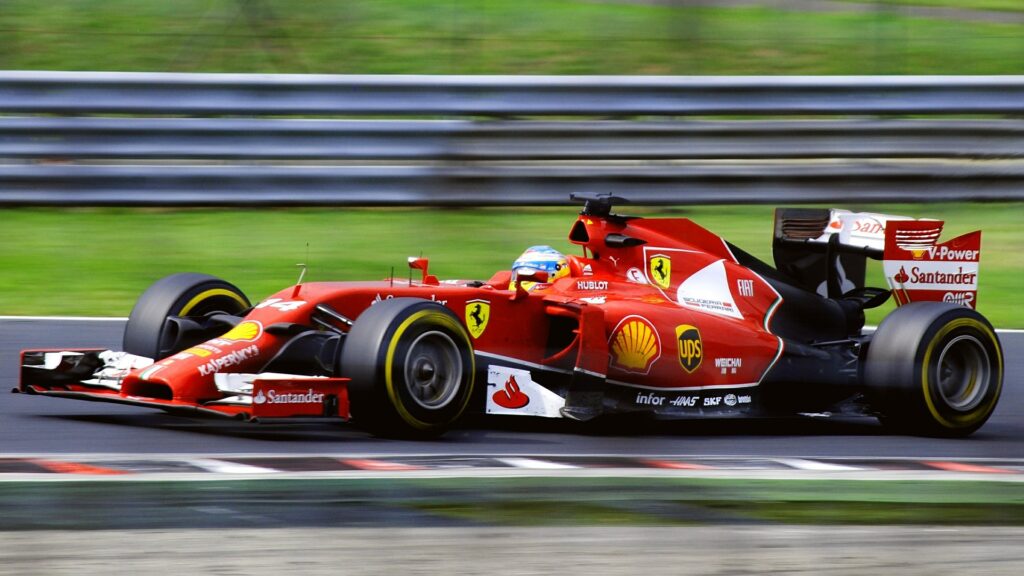
Formula 1 racing is one of the world’s most popular sports, according to fans like Dan Schatt. In this article, we’ll look at how the sport may evolve in the future. Here are just a few of the ways Formula 1 will change in 2022 and beyond:
Increased Sponsorship
One thing that makes Formula 1 racing so popular is its unpredictability. In any given race, any driver could win. This is because Formula 1 cars are so evenly matched. However, one of the problems with the sport is that the cars are so expensive to build. As a result, many Formula 1 teams have gone out of business in recent years because they can’t afford to compete.
This might be one reason why an increasing number of manufacturers are choosing to sponsor racing teams rather than own them outright. Manufacturers may also choose to work with existing teams, providing technical support. For example, Audi currently supplies engines to the team WRT.
There will always be a small number of manufacturers who want to own their teams, but many others may choose not to for economic reasons.
More Junior Formulas
One of the biggest problems with Formula 1 racing today is that there are no strong feeder series. Many of the drivers who could have become great Formula 1 stars are now choosing to race in other series – but only because there are no vacancies in F1.
The problem here is that there is no clear path from Formula 3 racing to Formula 1 . Consequently, teams are left to choose drivers solely on their ability to bring sponsorship money with them. This is not ideal, and one of the reasons for this lack of feeder series is that Formula 1 itself was spoiled by money in the 1990s.
Currently, there are two main junior racing series – GP2 and Formula 2 . However, neither of these provides a good bridge to F1 because they lack competition and prize money.
In the future, we may see more junior formulas that are better suited to preparing drivers for Formula 1. These could include a new GP3 series and a Formula 3 series that uses electric cars.
More Races in Asia
Formula 1 is currently very popular in Asia, and this is set to increase over the coming years. The Chinese Grand Prix was recently dropped by the Formula 1 calendar but will return in 2020 at a new track in Shanghai.
The move is part of Formula 1’s attempt to balance its traditionally European calendar with more races in Asia. It also reflects an increased focus on the Asian market, which will become the world’s largest market for luxury goods by 2020.
4) Virtual Reality
One of the ways Formula 1 is looking to stay ahead of the curve is by embracing virtual reality technology. In the near future, fans will be able to experience races from the cockpit of a Formula 1 car using virtual reality headsets.
This will give fans a much closer view of the action and allow them to experiment with different driving strategies. It may also be used to train drivers in the future.


